4 products
-
Shady Lady, Bucida Buceras, Black Olive

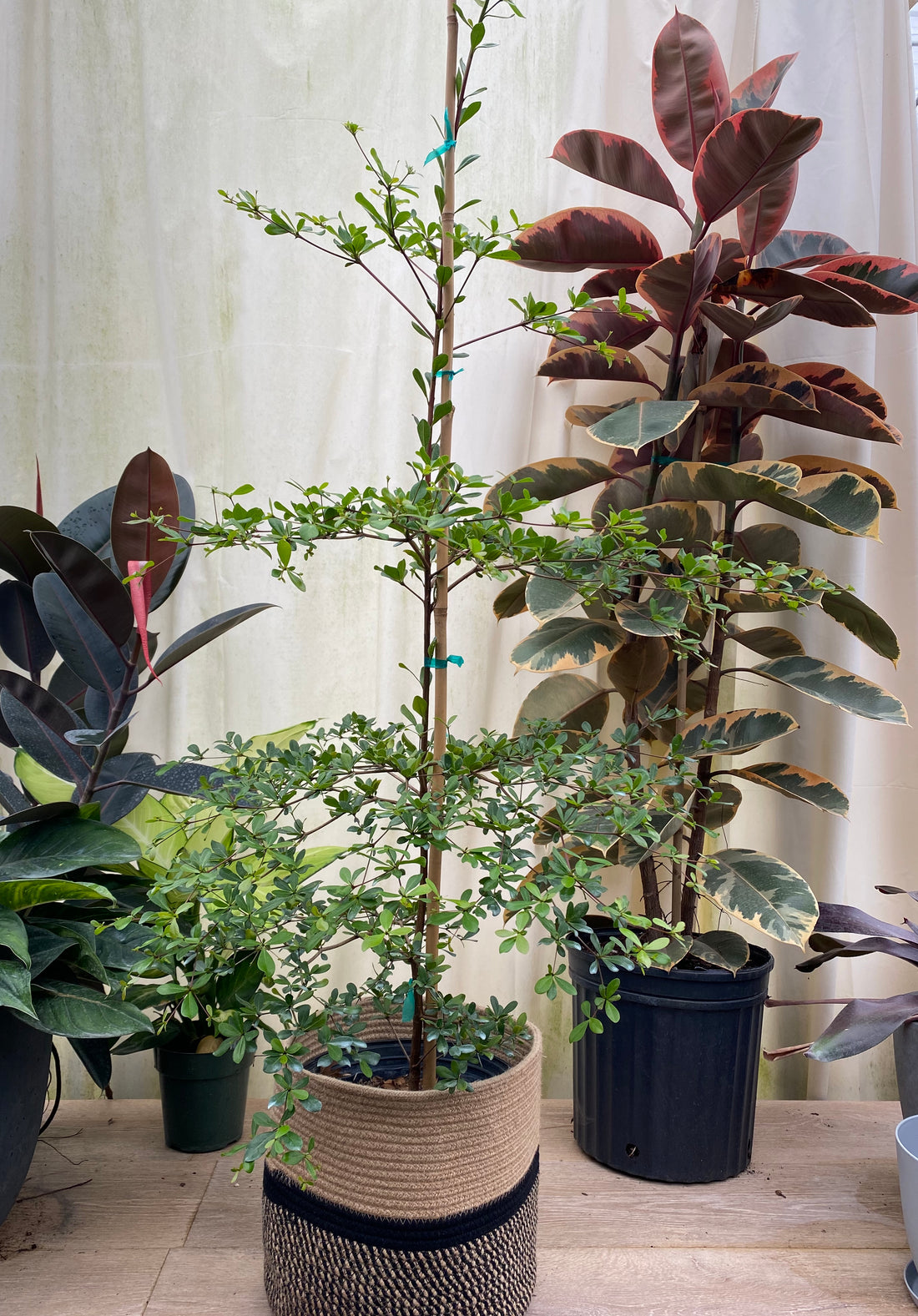 Shady Lady, Bucida Buceras, Black OliveHouse Plants
Shady Lady, Bucida Buceras, Black OliveHouse Plants- Regular price
-
$95.00 $795.00 - Regular price
-
$95.00 - Sale price
-
$95.00 $795.00
-
Arbequina Olive Tree Olea Europaea

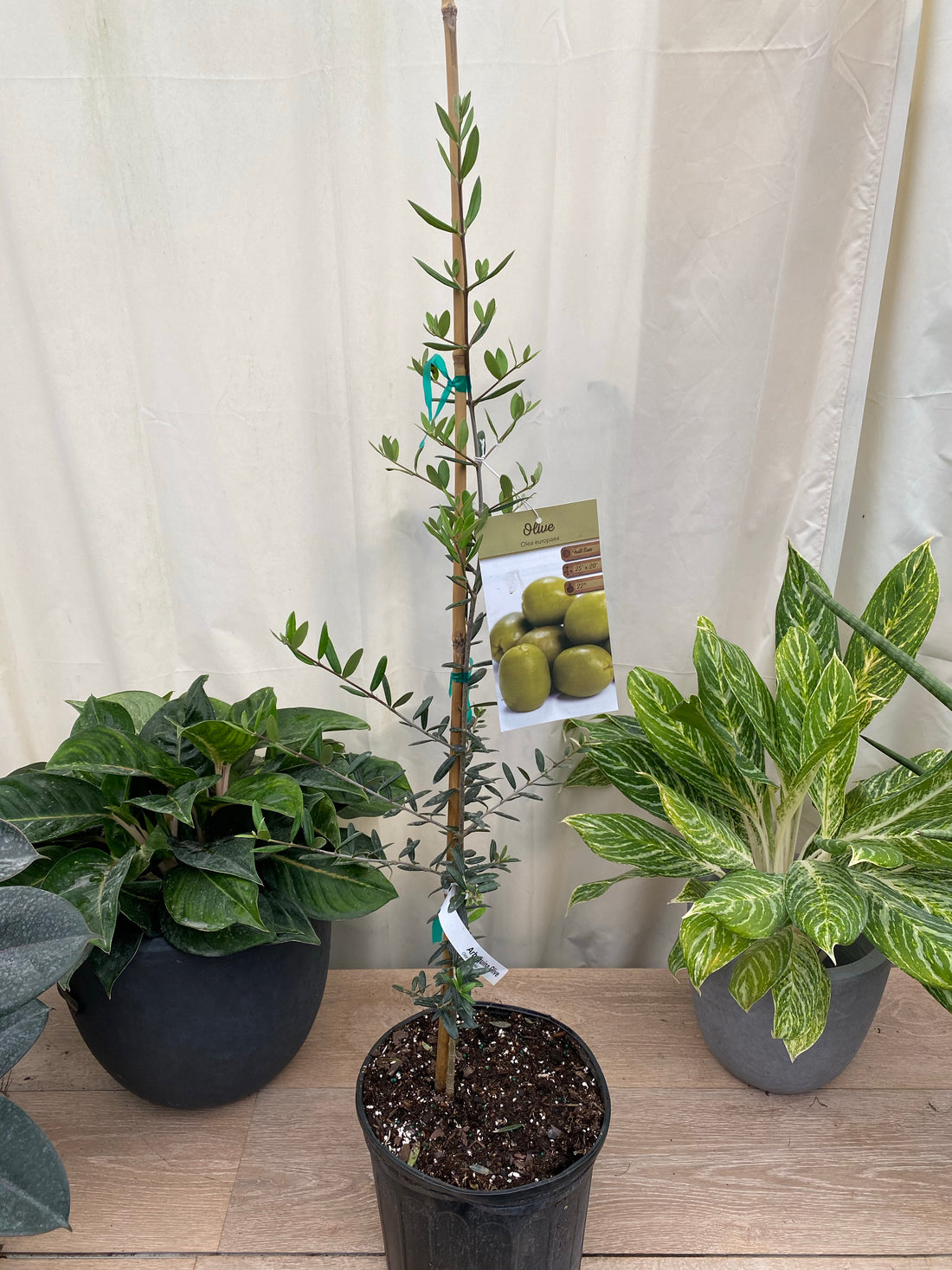 Arbequina Olive Tree Olea EuropaeaHouse Plants
Arbequina Olive Tree Olea EuropaeaHouse Plants- Regular price
-
$39.99 $495.00 - Regular price
-
$39.99 - Sale price
-
$39.99 $495.00
-
Bucida Spinosa, Spiny Black Olive
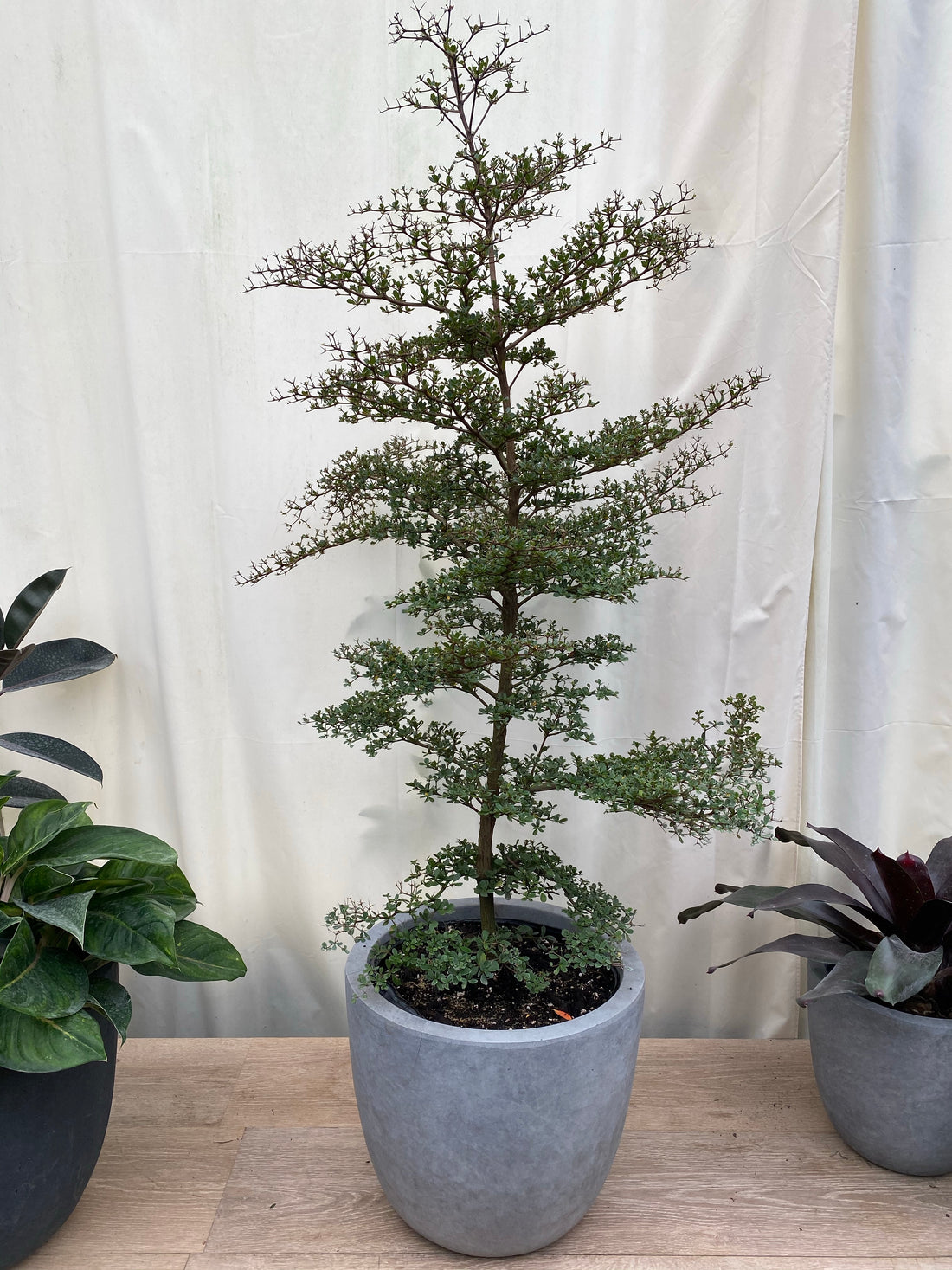
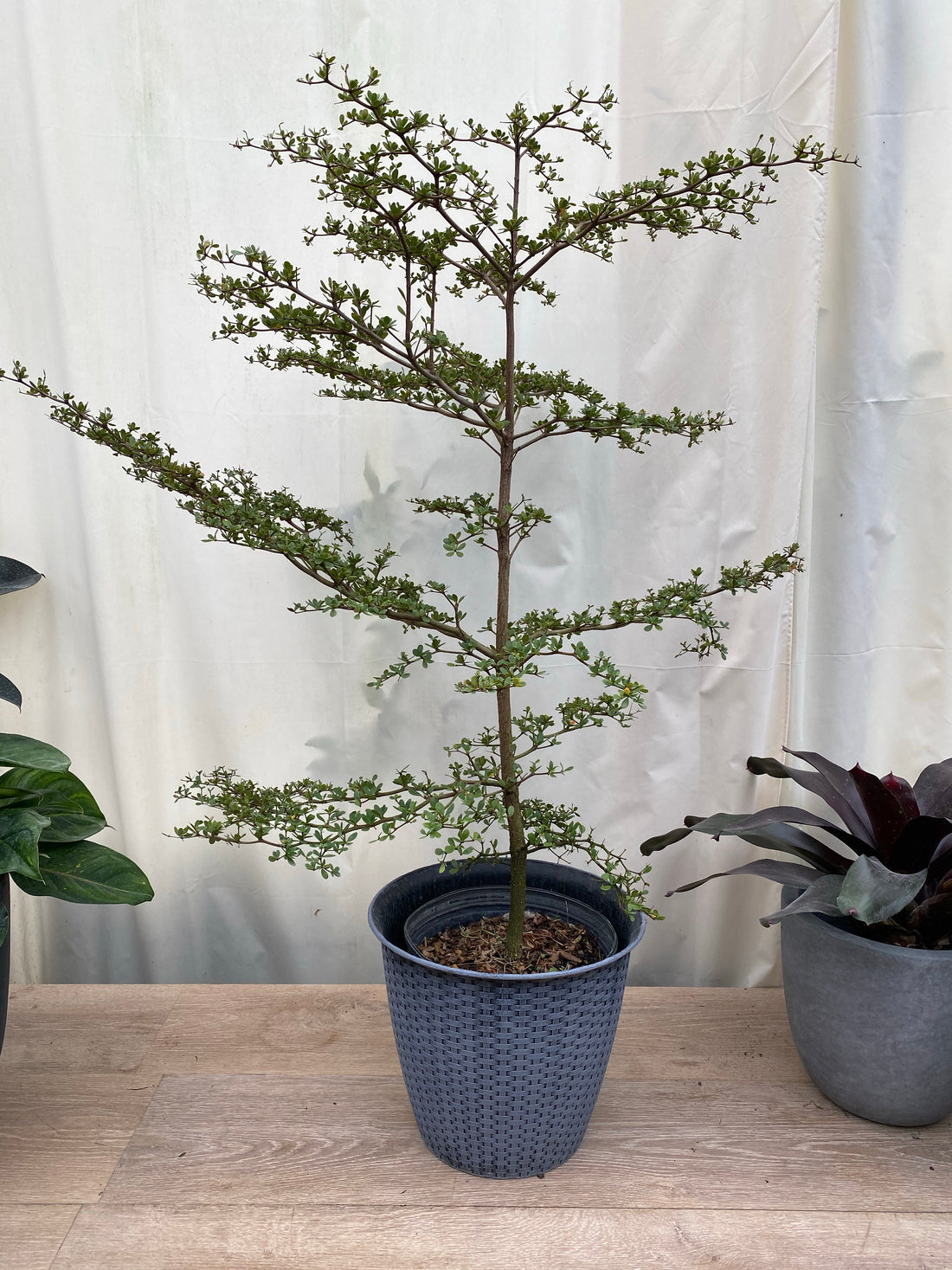 Bucida Spinosa, Spiny Black OliveHouse Plants
Bucida Spinosa, Spiny Black OliveHouse Plants- Regular price
-
$195.00 $595.00 - Regular price
-
$175.00 - Sale price
-
$195.00 $595.00
-
Olive Tree in Modern Deco Planter
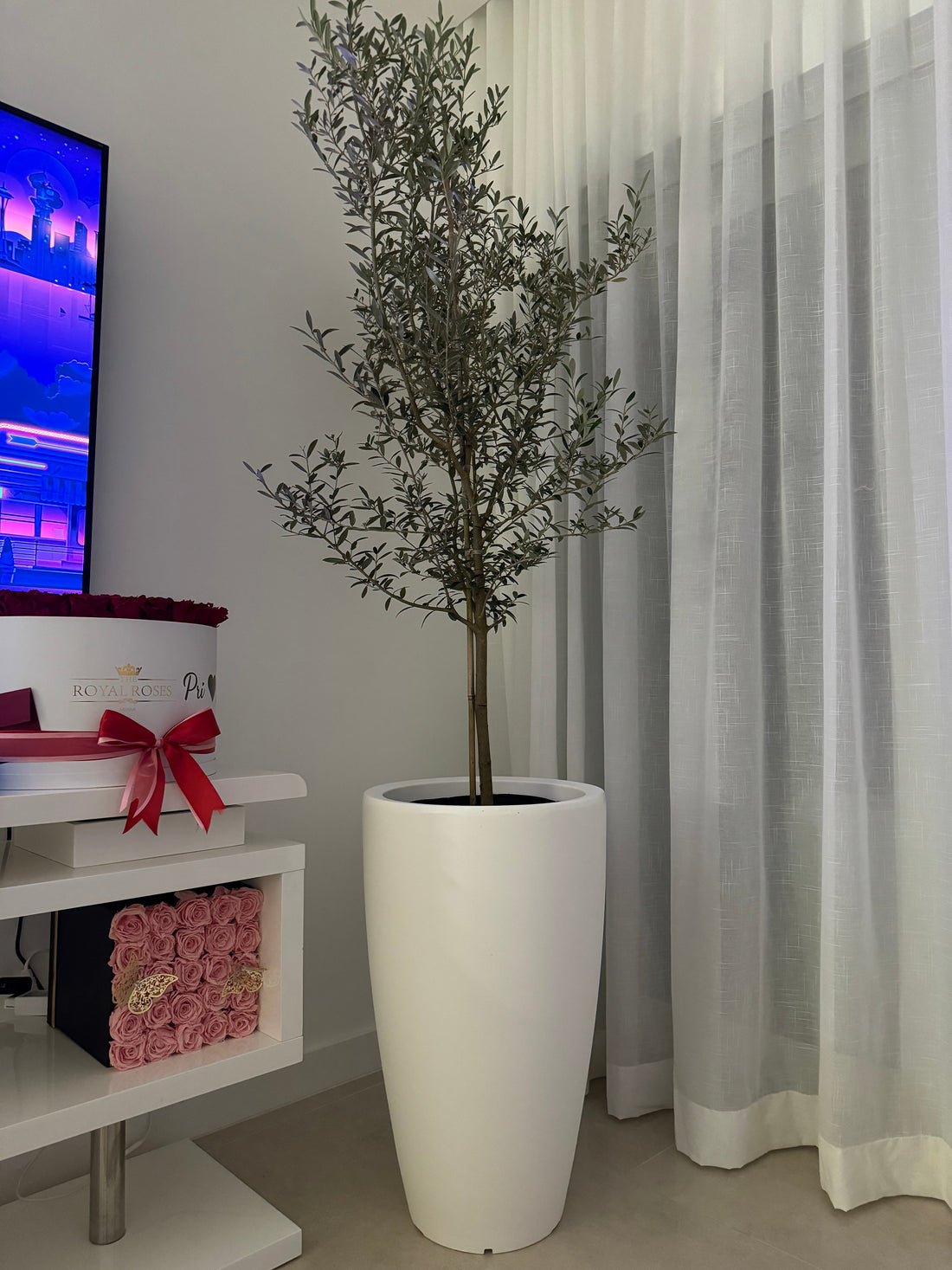
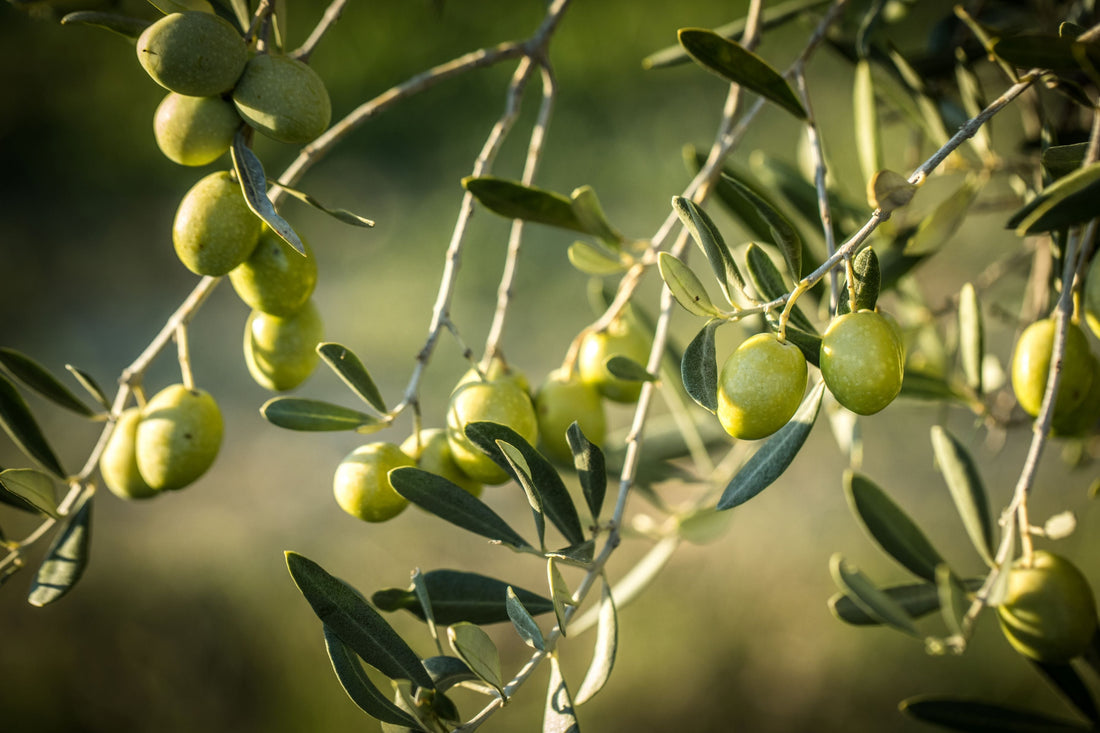 Olive Tree in Modern Deco PlanterHouse Plant
Olive Tree in Modern Deco PlanterHouse Plant- Regular price
-
$495.00 - Regular price
-
$495.00 - Sale price
-
$495.00
Olive trees, scientifically known as Olea europaea, are evergreen trees native to the Mediterranean region. They are widely cultivated for their olives and oil production, as well as their ornamental value. Olive trees have a long history that dates back thousands of years, and they hold cultural and symbolic significance in many societies.
These trees have a distinctive appearance with silvery-green leaves and gnarled trunks that can live for hundreds of years. They can grow up to 40 feet tall, but their size can be managed through regular pruning. Olive trees thrive in warm climates and require well-drained soil to grow successfully.
The fruit of the olive tree, known as olives, are small, oval-shaped drupes that vary in color from green to black, depending on their maturity. Olives are rich in healthy fats and are commonly used in cooking, salads, and as table olives. The process of extracting olive oil involves pressing the olives, resulting in a nutritious and flavorful oil that is highly valued worldwide.
In addition to their culinary uses, olive trees also offer various environmental benefits. They are highly drought-tolerant and can withstand harsh conditions, making them important in preventing soil erosion and conserving water. Olive trees also provide shelter and food for wildlife, contributing to biodiversity.










